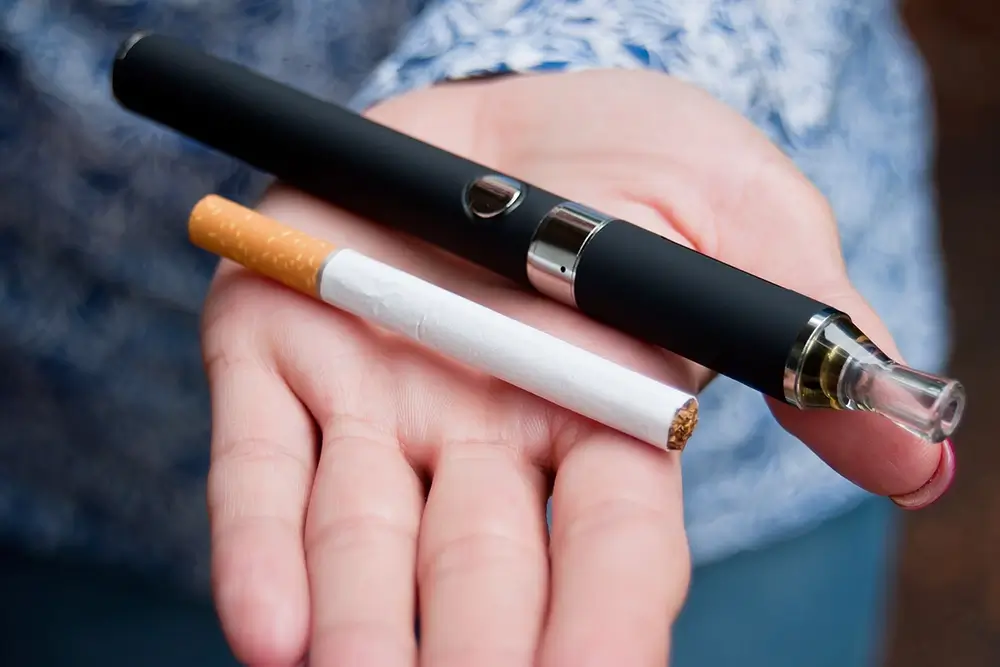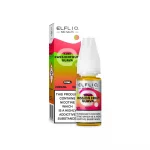Over the last decade, vaping has become one of the most popular smoking cessation tools available. Mimicking the sensation of smoking, whilst also providing versatility and lots of choices for vape liquids and modes of use, it’s not hard to see why it has drawn millions of UK ex-smokers and CBD users.
Vaping holds a number of key factors that make it far safer than smoking tobacco, and all without having to go through nicotine withdrawal. The fact of the matter is that it is up to you how you give up smoking, and e-cigs provide the chance to explore many different options. This is the same with organic matter and cannabidiol too. Users of regulated and legal CBD buds in the UK are encouraged to use their relaxing product on vape devices rather than smoking it. So what is it about vaping that makes it so much less dangerous to use than tobacco, and are there any negative health connotations to bear in mind?
What Is Heat Not Burn Technology?
Heat not burn technology is used by every vape device on the market. From loose-leaf CBD flowers to e-liquids, heat not burn provides a safer alternative than smoking for a variety of reasons. But the technology itself is also fascinating; batteries power an electrical circuit made up of a coil, atomiser and wicking cotton. The e-liquid or loose-leaf matter is poured onto the wicking cotton or placed in the oven compartment, where it is heated up into a vapour by the electricity from the circuit. When it’s been warmed to a high enough temperature, the vapour is inhaled through the device’s mouthpiece.
Fewer Carcinogens
Fire is what unlocks the dangerous chemicals in tobacco. The carcinogens and toxins interact with the fire and combust into smoke which is inhaled by the user. Heat not burn technology means that there is no fire created, and so none of the carcinogens are released. The same even goes for the popular IQOS device, which heats up compressed tobacco into a vapour, users inhaling it through a triple filtered system which dispels any harmful chemicals that might still be released.
Less Danger Of Passive Smoking
Vapour creates less heavy a cloud than smoke does when inhaled. This means that there is very little chance of any meaningful passive vaping, and less vapour stays in the air. furthermore, furniture and fabrics won’t be stained by vapour, unlike smoke which can give curtains, duvets and pillows an unsightly yellowish tinge.
More Socially Acceptable
On the subject of passive smoking, most workplaces and public areas designate smoking areas for tobacco users. Whilst public transport and most offices do not allow the use of vape devices outside of these areas, it’s become less frowned upon in crowded areas than smoking does, and presents less of a fire hazard than cigarettes.
Factors To Keep In Mind
Although they’re safer to use, there are still some important points that budding vapers should consider. Vape liquids contain nicotine, which is highly addictive and so it is advised that those who are not already addicted to the chemical should avoid vaping or at the very least, vape nicotine-free e-liquids.
Those with heart conditions or high blood pressure should also avoid vaping, the nicotine concentration in e-liquids can cause temporary vasoconstriction, which is the tightening of blood vessels. It is this that can cause the head rush from vape liquids and could be harmful to those suffering from heart-related ailments. Furthermore, if you experience nausea or dizziness after vaping, you may be experiencing a nicotine overdose. If so, put down your device and give it a break for a few hours.





